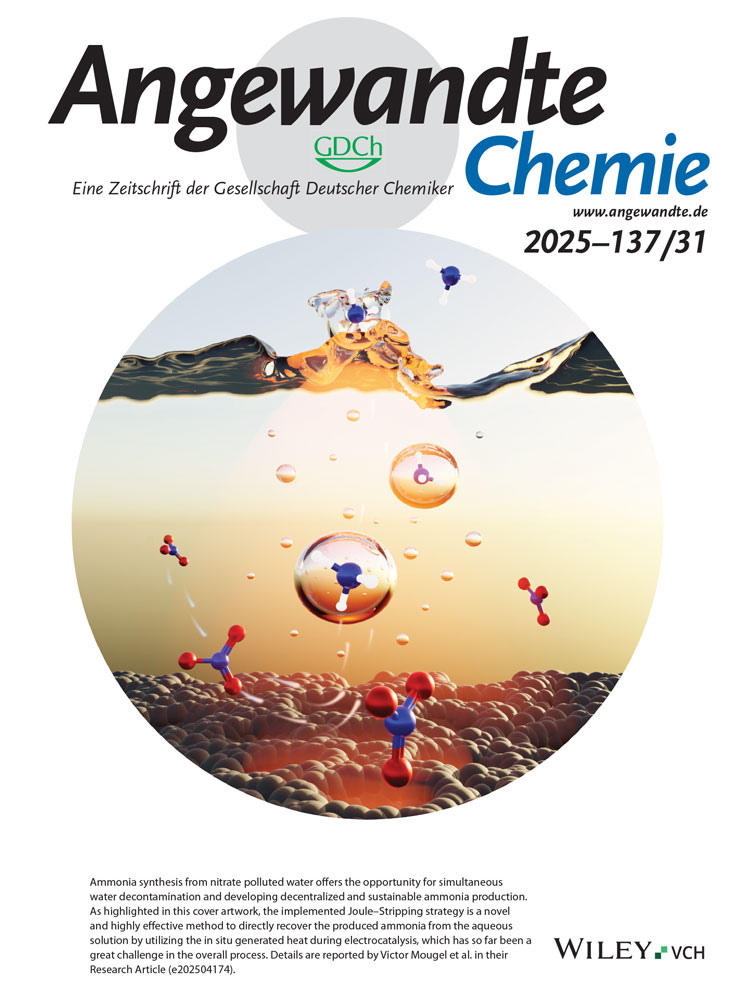Tracing the Hydrogen Source of Hydrocarbons Formed by Vanadium Nitrogenase†
We thank Prof. Dr. D. C. Rees and Dr. N. Dalleska of Caltech (Pasadena) for help on the GC–MS analysis. This work was supported by the Herman Frasch Foundation (grant number 617-HF07; M.W.R.).
Graphical Abstract
Kohlenwasserstoffe aus CO: Die Vanadium-Nitrogenase-katalysierte Kohlenmonoxid-Reduktion beruht auf der Adenosintriphosphat(ATP)-abhängigen Protonierung von Kohlenmonoxid und der anschließenden Knüpfung von C-C-Bindungen, die zur Bildung kurzkettiger Kohlenwasserstoffe wie C2H4, C2H6, C3H6 und C3H8 führt (siehe Bild). Durch GC/MS verfolgte Isotopenaustauschuntersuchungen zeigen, dass Protonen die Wasserstoffquelle für die CO-Reduktion sind.





